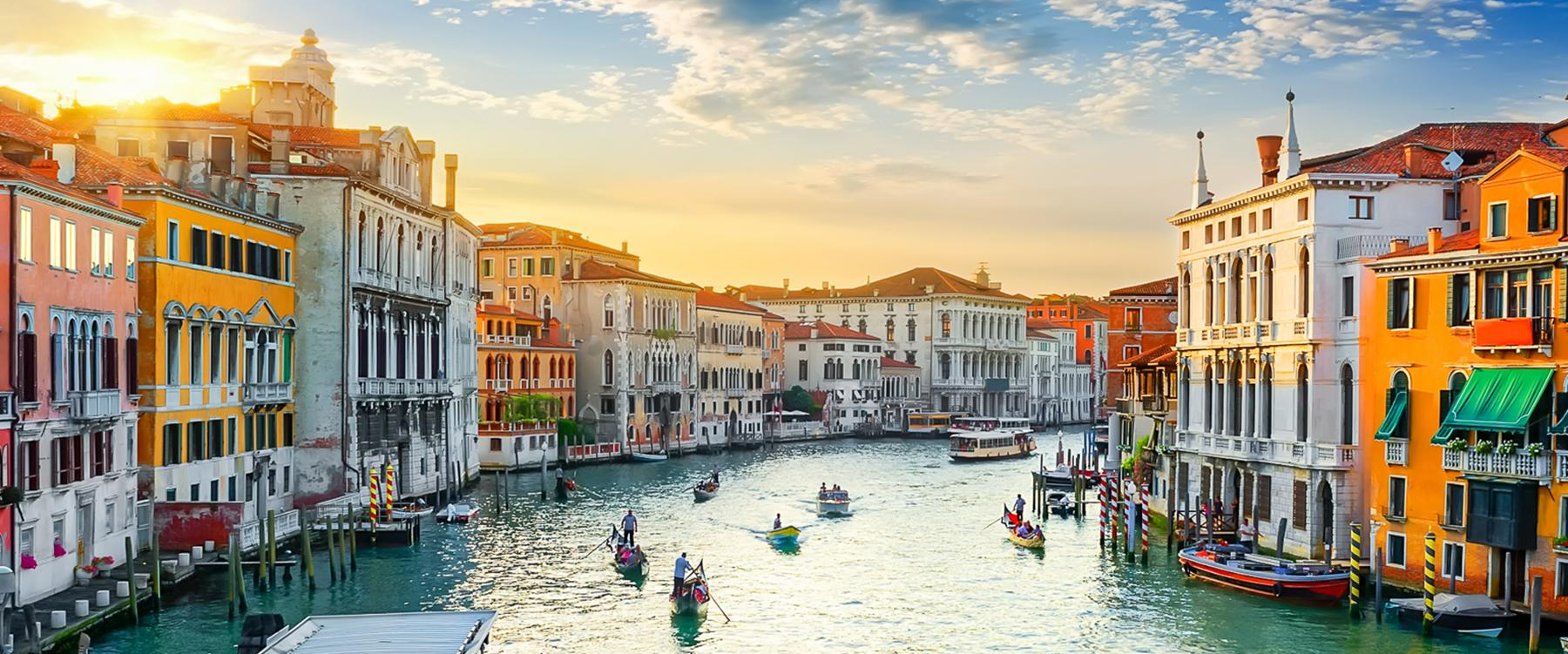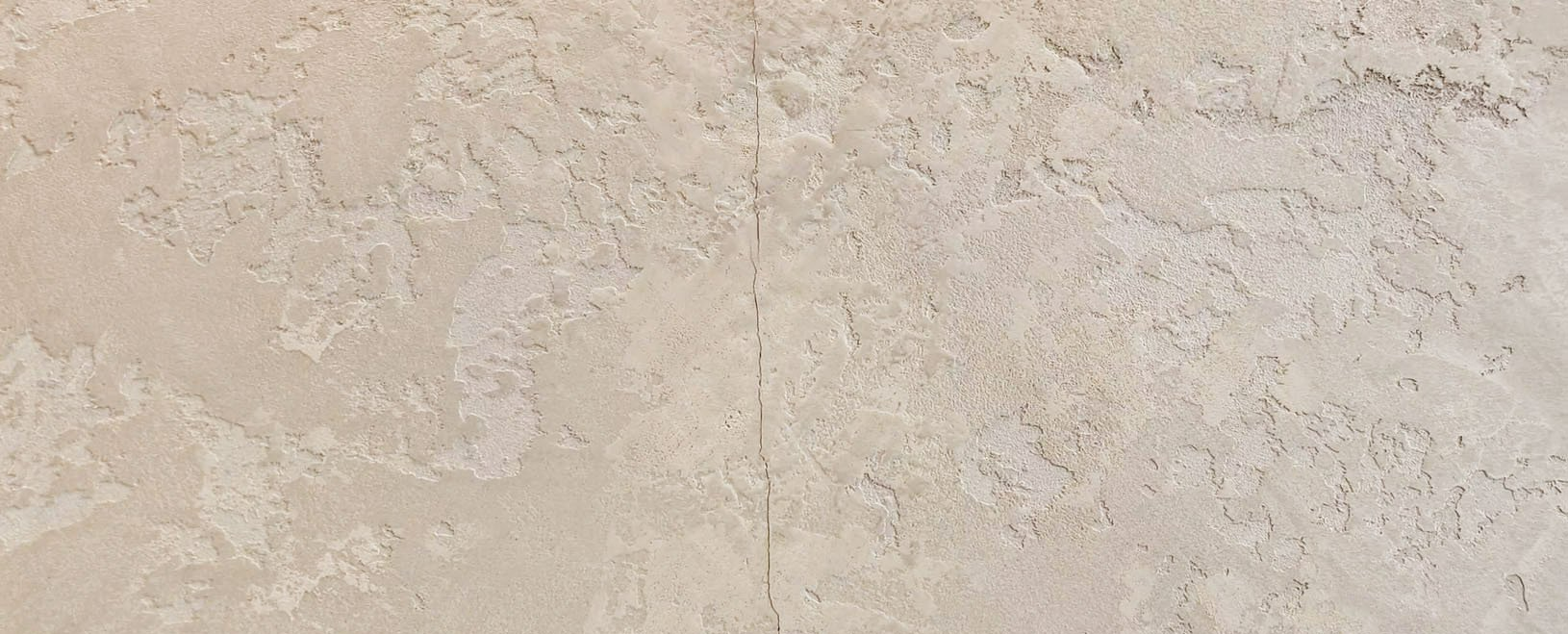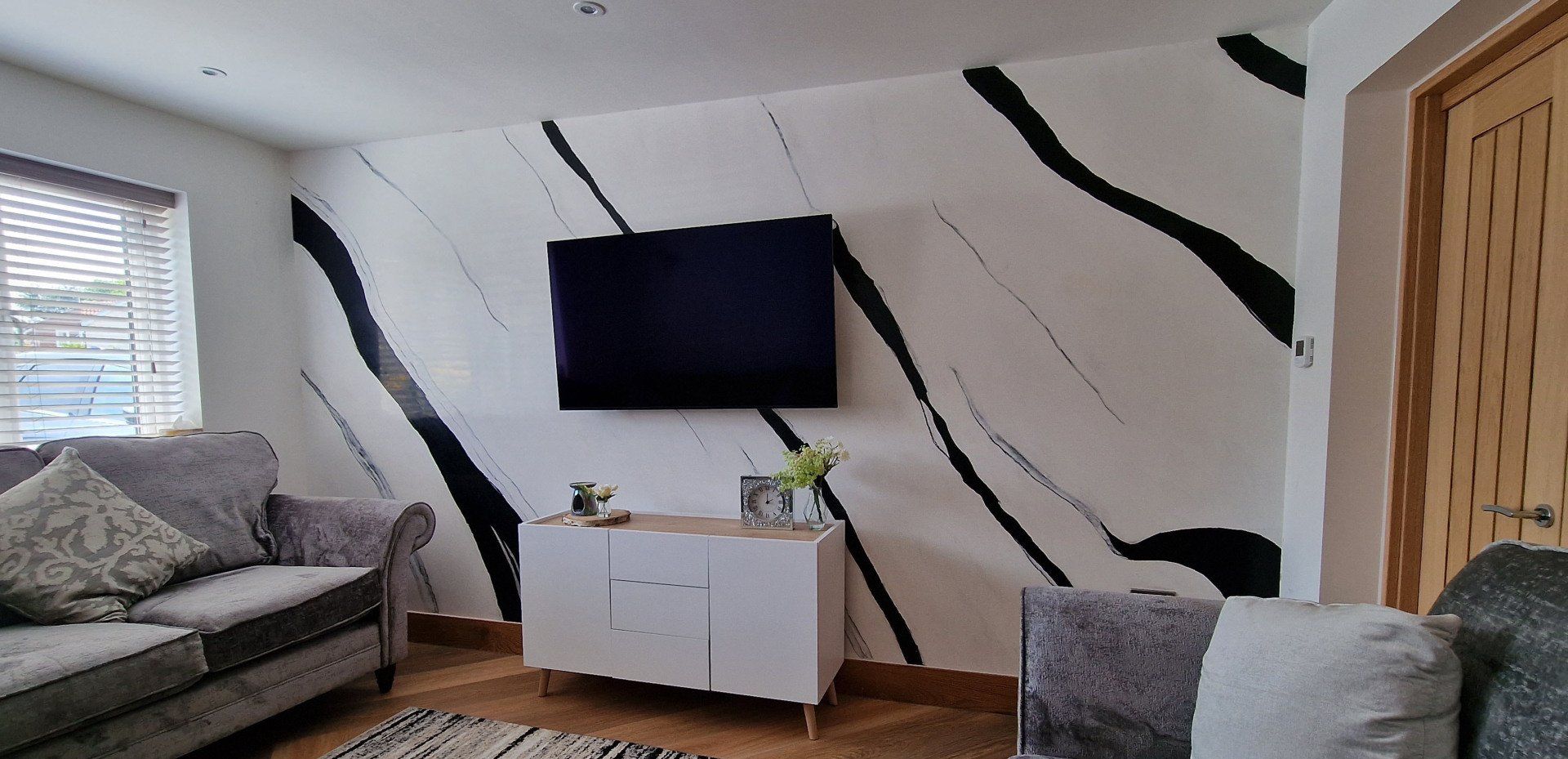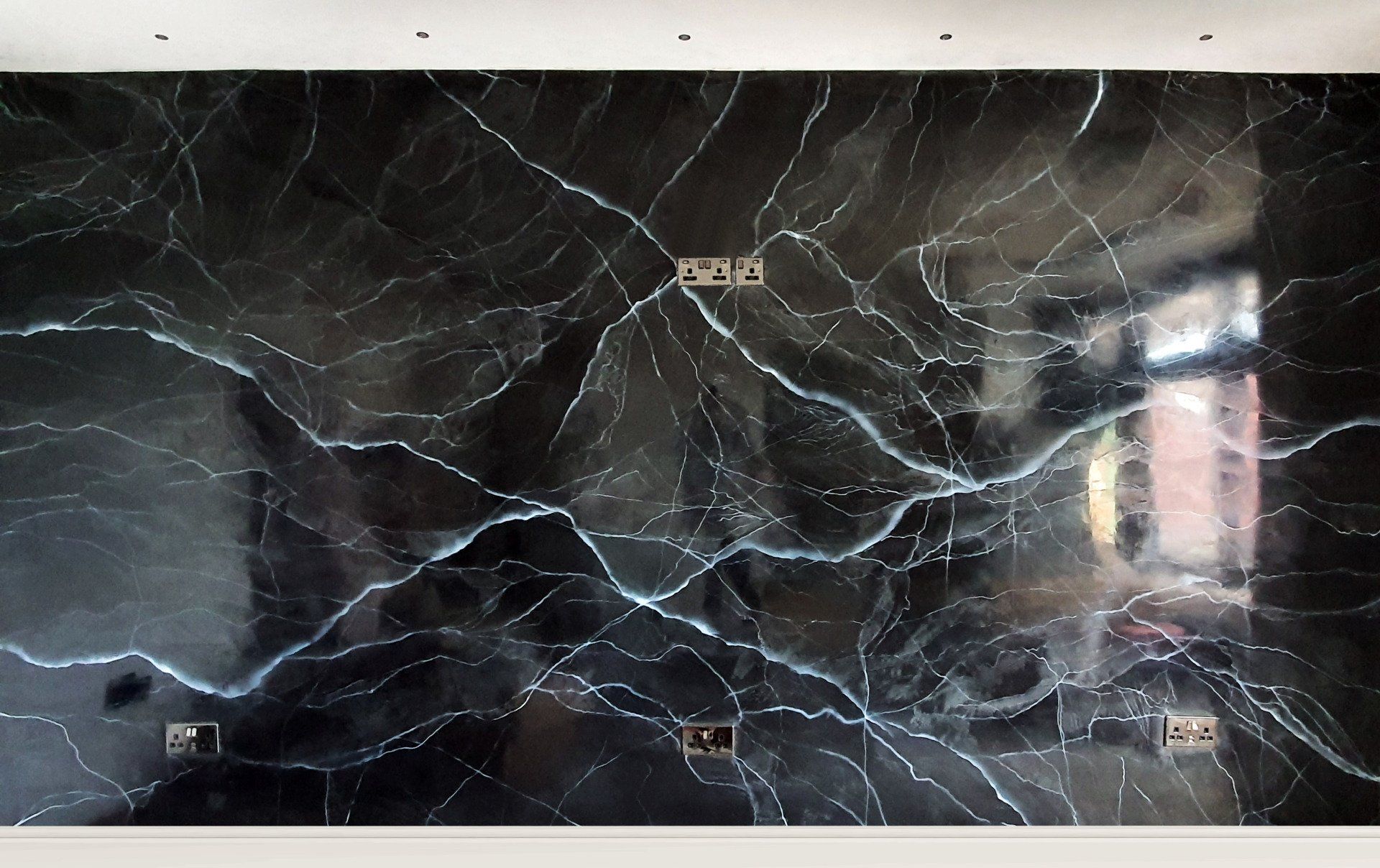How Long does Venetian Plaster Last
HOW LONG DOES VENETIAN PLASTER LAST?
As old as 9000 years, lime plaster has been found in use in Mesopotamia and old Egypt. The first descriptions of the characteristics and methods of Venetian plaster were made by Marcus Vitruvius Pollio. Vitruvius is also the first to draw what is called Vitruvian Man today is an author, architect, and engineer who lived during the 1st century BC. His multi-version book entitled ‘Da Architectura’ was regarded as one of the earliest sources describing lime plaster (stucco) and its use in fresco painting techniques.
Around 900 years ago, along with the advances in technology, pigments, and dyes, the first boom of this material took place in the region of Vento, Italy (where Venetian plaster took its name from). Due to the need for light materials, lime plaster can still be seen to this date on buildings of the floating city of Venice.
Venetian plaster is durable, versatile, and looks just like real stone. These attributes aligned perfectly with the architecture principles Vitruvius detailed: Firmitas, Utilitas, and Venustas (strength, utility, and beauty).

So how long does it really last?
Ancient buildings of Venice stand beautifully till this day, Venetian plaster should last for decades if adequately taken care of. So, what could help this tried-and-true chemical structure?
Despite its great characteristics, the longevity of the plaster might suffer for one or more reasons mentioned below:
- Solid sub-structure: Venetian ‘polished’ plaster is applied through thin layers (between 0.1 to 0.5 mm). It serves the goal of cladding surfaces. Therefore, good surface preparation is vital. Walls have to be flat and smooth.
- Genuine materials: Marble powder from an Italian quarry should be used in the mix in proper ratios. Using a reputable brand is always a safer bet than unknown ones.
- Effective application methods: work persistently during the procedure. Putting up Venetian plaster and dealing with it can be quite a dilemma, and it certainly shouldn't be adopted as a DIY process. Because of the reasons mentioned above, the basic techniques used, involve painstakingly applying the plaster by the correct trowel to create a seamless finish. It is labor-intensive and requires a lot of care because once the plaster dries, it is set in stone.
- Maintenance : In order to be kept in pristine condition, walls have to be cleaned regularly. Venetian plaster is washable! That’s the reason why commercial places tend to use it on their walls.
Please find below a video showing how to clean your Venetian plastered wall:
https://www.youtube.com/watch?v=u3y1dkmN4jk&t=2s
Does Venetian plaster crack?

Yes, it does!
Venetian plaster can crack in the following scenarios:
- Poor preparation: The plaster can crack or even fall if walls have not been treated in advance with the right primer and given enough drying time.
- Wrong application: Another common mistake is to apply the plaster through thick layers. On contrary to normal plastering, venetian plaster is very delicate and should be applied thinly, hence the multiple coats technique is used.
- Dodgy sub-structure: As mentioned earlier, Venetian plaster is used to clad surfaces. If the sub-structure has not been built correctly, it cracks! Consequently, it will crack the thin layers of venetian plaster. Poor treatment of joints between plaster-board panels is a common bad practice usually done by an immature.
Make sure to hire an experienced professional, they are usually more expensive, but for good a reason!!




